To H.O.R.T.U.S αποτελεί την νέα έκθεση από το αρχιτεκτονικό γραφείο ecoLogicStudio με έδρα το Λονδίνο, η οποία σχεδιάστηκε για το δωμάτιο των μελών στην Architectural Association. To H.O.R.T.U.S εξετάζει τις έννοιες των αστικών ανανεώσιμων πηγών ενέργειας και της γεωργίας, μέσω ενός συγχρόνου προτύπου κήπου. Ο κήπος αυτός φιλοξένει αλγαϊκούς οργανισμούς και φύκια καθώς και βίο-φωτοβόλα βακτήρια. Εφοδιασμένο τεχνολογίες ανίχνευσης φυσικού φωτός και ένα ειδικά σχεδιασμένο περιβάλλον χρηστή, το H.O.R.T.U.S εντείνει την εμφάνιση νέων πρακτικών και υλικών που σχετίζονται με τις χωρικές αφηγήσεις.
Ροές ενέργειας [ακτινοβολία φωτός], Ύλη [βιομάζα, CO2] και Πληροφορίες[εικόνες, tweets, στατιστικά] ενεργοποιούνται κατά τη διάρκεια τεσσάρων εβδομάδων μεγάλης καλλιεργητικής περιόδου, προκαλώντας πολλαπλούς μηχανισμούς αυτό-διαρρύθμισης και καινοτόμες εξελισσόμενες μορφές αυτό-οργάνωσης, καλώντας τον χρήστη να συμμετάσχει ενεργά αλλά ψηφιακά στην ανάπτυξη του κήπου.
H.O.R.T.U.S, a new exhibition from ecoLogicStudio designed for the AA Front Members Room, engages the notions of urban renewable energy and agriculture through a new gardening prototype; the proto-garden host micro and macro-algal organisms as well as bioluminescent bacteria; fitted with ambient light sensing technologies and a custom designed virtual interface, H.O.R.T.U.S stimulates the emergence of novel material practices and related spatial narratives.
Flows of Energy [light radiation], Matter[biomass, CO2] and Information [images, tweets, stats] are triggered during the 4 weeks long growing period, inducing multiple mechanisms of self-regulation and evolving novel forms of self-organisation.
H.O.R.T.U.S proposes an experimental “hands on” engagement with these notions, illustrating their potential applicability to the masterplanning of large regional landscapes and the retro-fitting of industrial and rural architectural types, as exemplified in the project “Regional Algae Farm”developed by ecoLogicStudio for the Swedish region of Osterlen. Visitors, AA students and staff are invited to engage daily with H.O.R.T.U.S inventing new protocols of urban bio-gardening; the biologic diversity within H.O.R.T.U.S is provided by lakes and ponds within Central London; as algal organisms require CO2 to grow visitors are invited to contribute by blowing air inside the various containers [photo-bioreactors] as well as adjust their nutrients’ content; oxygen is released as a result, feeding the other organisms in the “briccole” [bioluminescent bacteria] and in the room.
Information flowing daily through H.O.R.T.U.S feeds its emergent virtual garden, accessible via smart phones; its virtual plots are nurtured by the flow of observations posted by each visitor, locally and globally, by lighting levels data streams and by human interaction in real-time. Such virtual organism offers the opportunity for capturing and sedimenting information and cultivation practices, enriching the material experience of the visitor turned urban “cyber-gardener”.
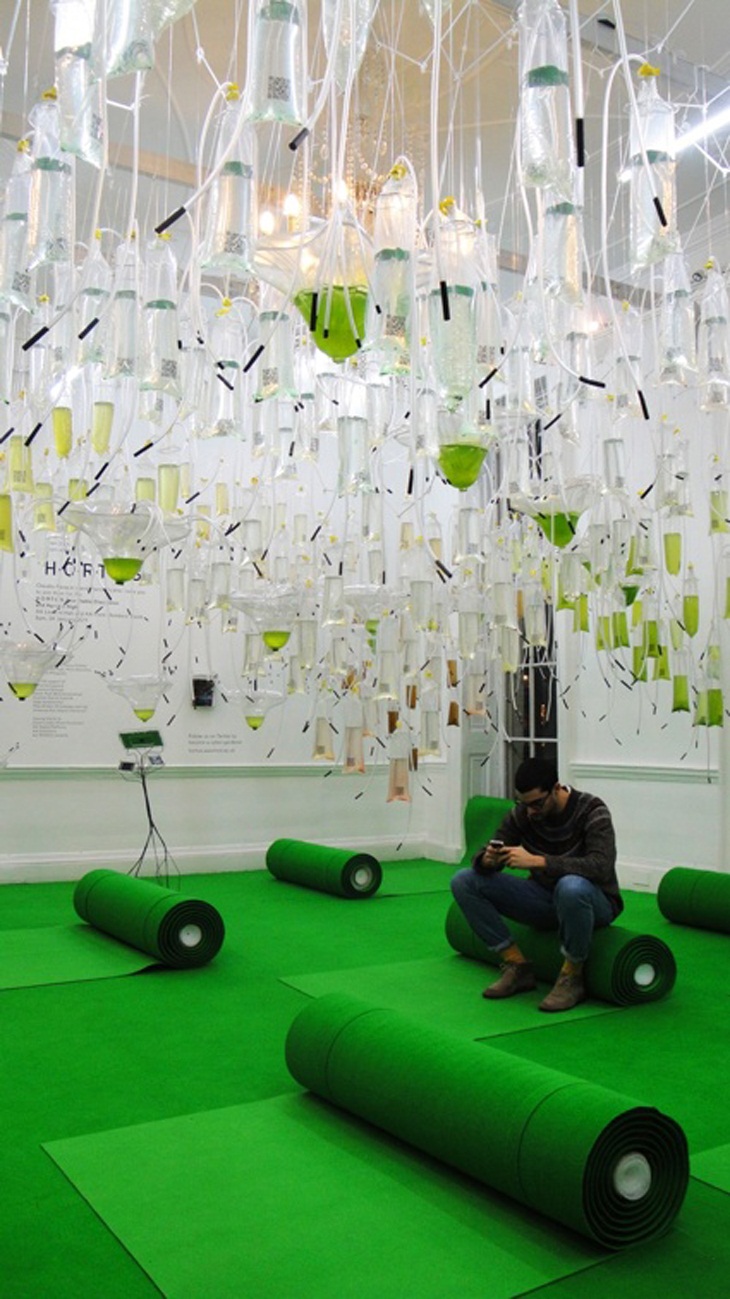 H.O.R.T.U.S – ΑΠΟΨΗ ΤΗΣ ΕΓΚΑΤΑΣΤΑΣΗΣ
H.O.R.T.U.S – ΑΠΟΨΗ ΤΗΣ ΕΓΚΑΤΑΣΤΑΣΗΣ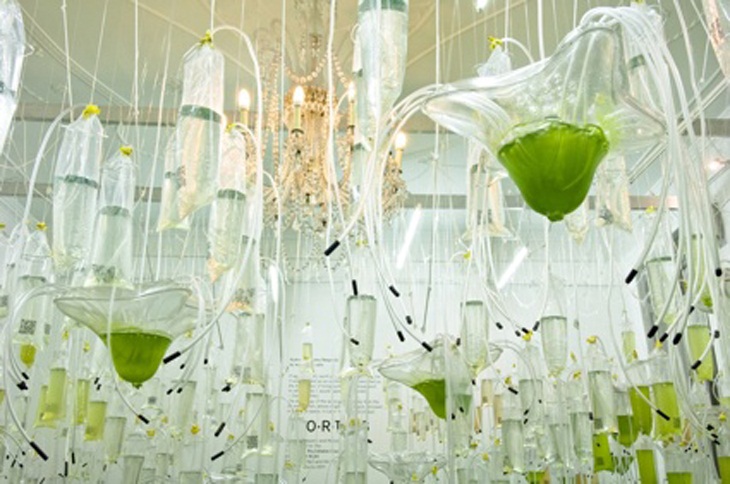 H.O.R.T.U.S – ΑΠΟΨΗ ΤΗΣ ΕΓΚΑΤΑΣΤΑΣΗΣ
H.O.R.T.U.S – ΑΠΟΨΗ ΤΗΣ ΕΓΚΑΤΑΣΤΑΣΗΣ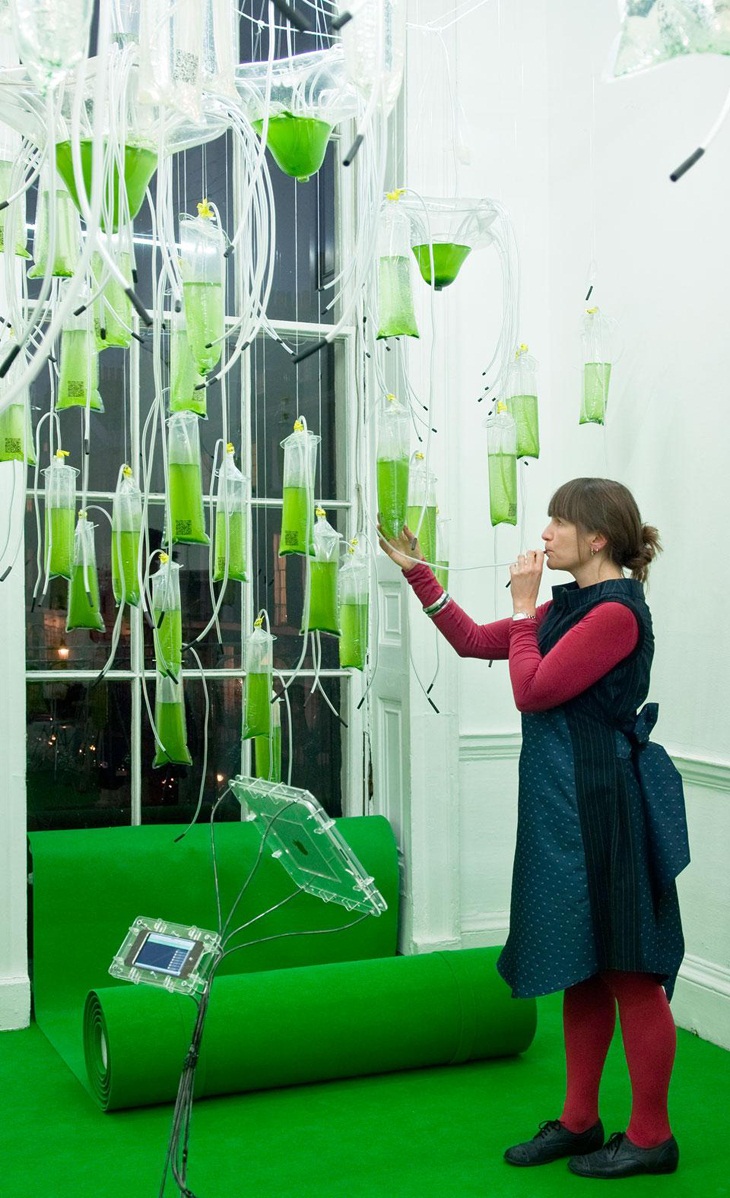 H.O.R.T.U.S – AΝΘΡΩΠΙΝΗ ΔΙΑΔΡΑΣΤΙΚΟΤΗΤΑ
H.O.R.T.U.S – AΝΘΡΩΠΙΝΗ ΔΙΑΔΡΑΣΤΙΚΟΤΗΤΑ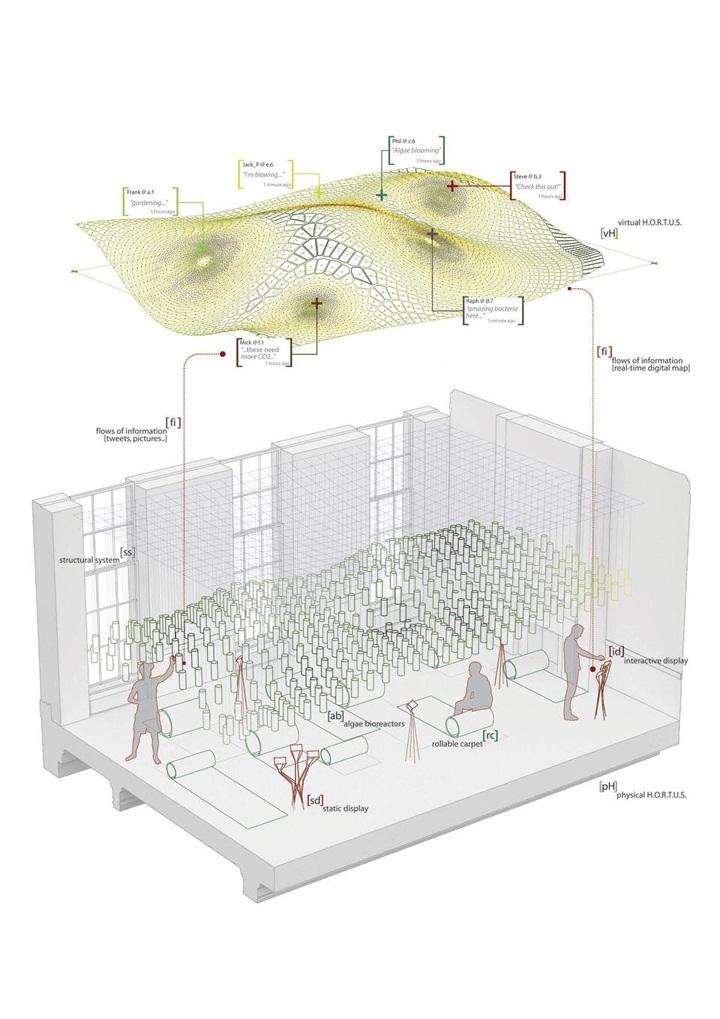 H.O.R.T.U.S – ΔΙΑΓΡΑΜΜΑΤΙΚΗ ΑΠΕΙΚΟΝΗΣΗ ΤΗΣ ΕΓΚΑΤΑΣΤΑΣΗΣ
H.O.R.T.U.S – ΔΙΑΓΡΑΜΜΑΤΙΚΗ ΑΠΕΙΚΟΝΗΣΗ ΤΗΣ ΕΓΚΑΤΑΣΤΑΣΗΣ![Archisearch - H.O.R.T.U.S - Aνθρώπινη Διαδραστικότητα [Bar-code Reading]](https://www.archisearch.gr/wp-content/uploads/old-site/hortus008.jpg) H.O.R.T.U.S – AΝΘΡΩΠΙΝΗ ΔΙΑΔΡΑΣΤΙΚΟΤΗΤΑ [BAR-CODE READING]
H.O.R.T.U.S – AΝΘΡΩΠΙΝΗ ΔΙΑΔΡΑΣΤΙΚΟΤΗΤΑ [BAR-CODE READING]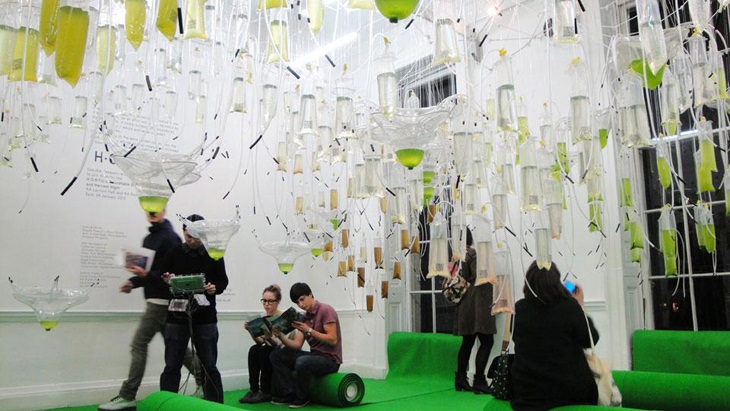 H.O.R.T.U.S – ΑΠΟΨΗ ΤΗΣ ΕΓΚΑΤΑΣΤΑΣΗΣ
H.O.R.T.U.S – ΑΠΟΨΗ ΤΗΣ ΕΓΚΑΤΑΣΤΑΣΗΣ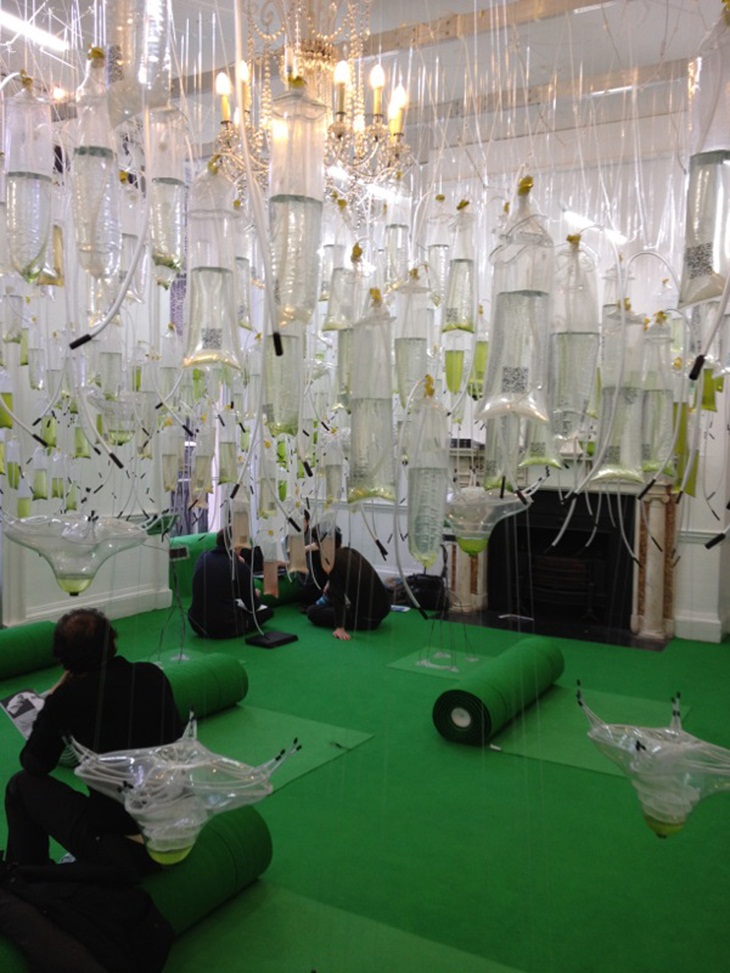 H.O.R.T.U.S – ΑΠΟΨΗ ΤΗΣ ΕΓΚΑΤΑΣΤΑΣΗΣ
H.O.R.T.U.S – ΑΠΟΨΗ ΤΗΣ ΕΓΚΑΤΑΣΤΑΣΗΣREAD ALSO: MADREN 5340 by INFRARED